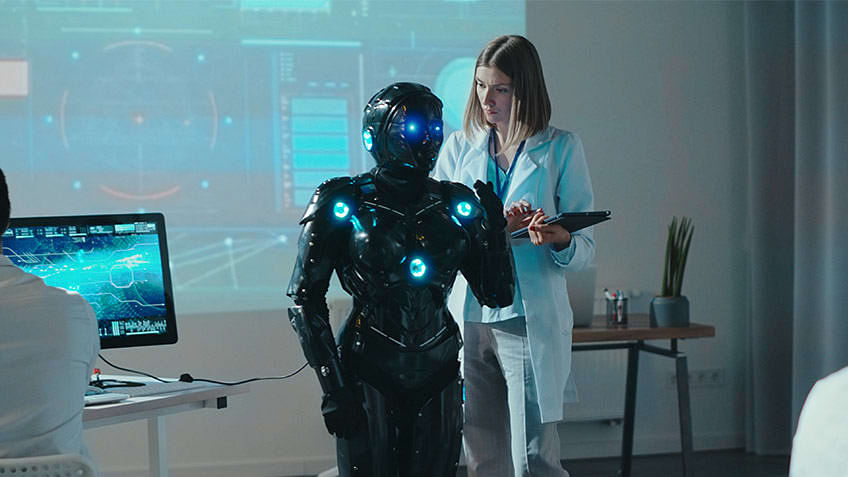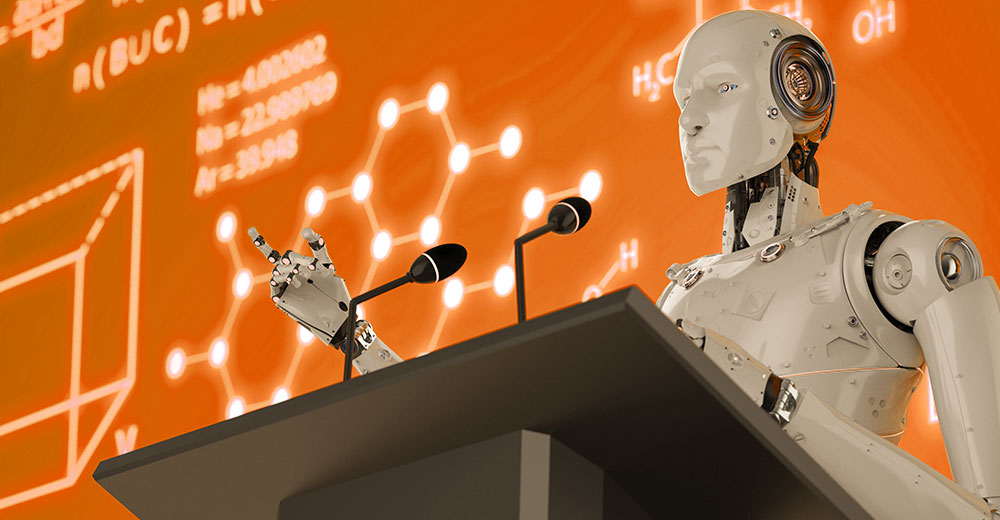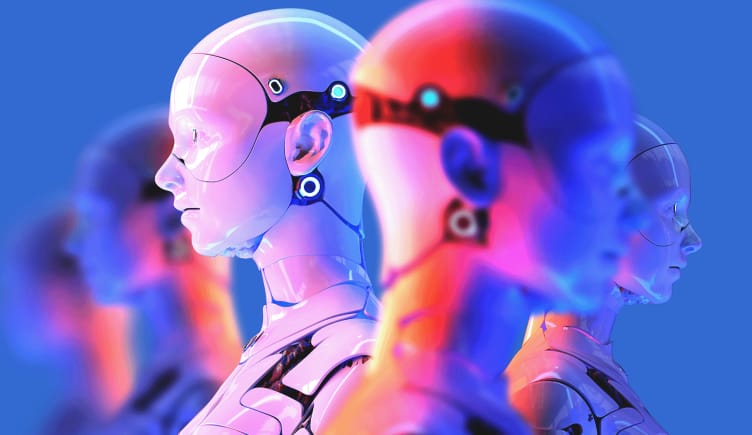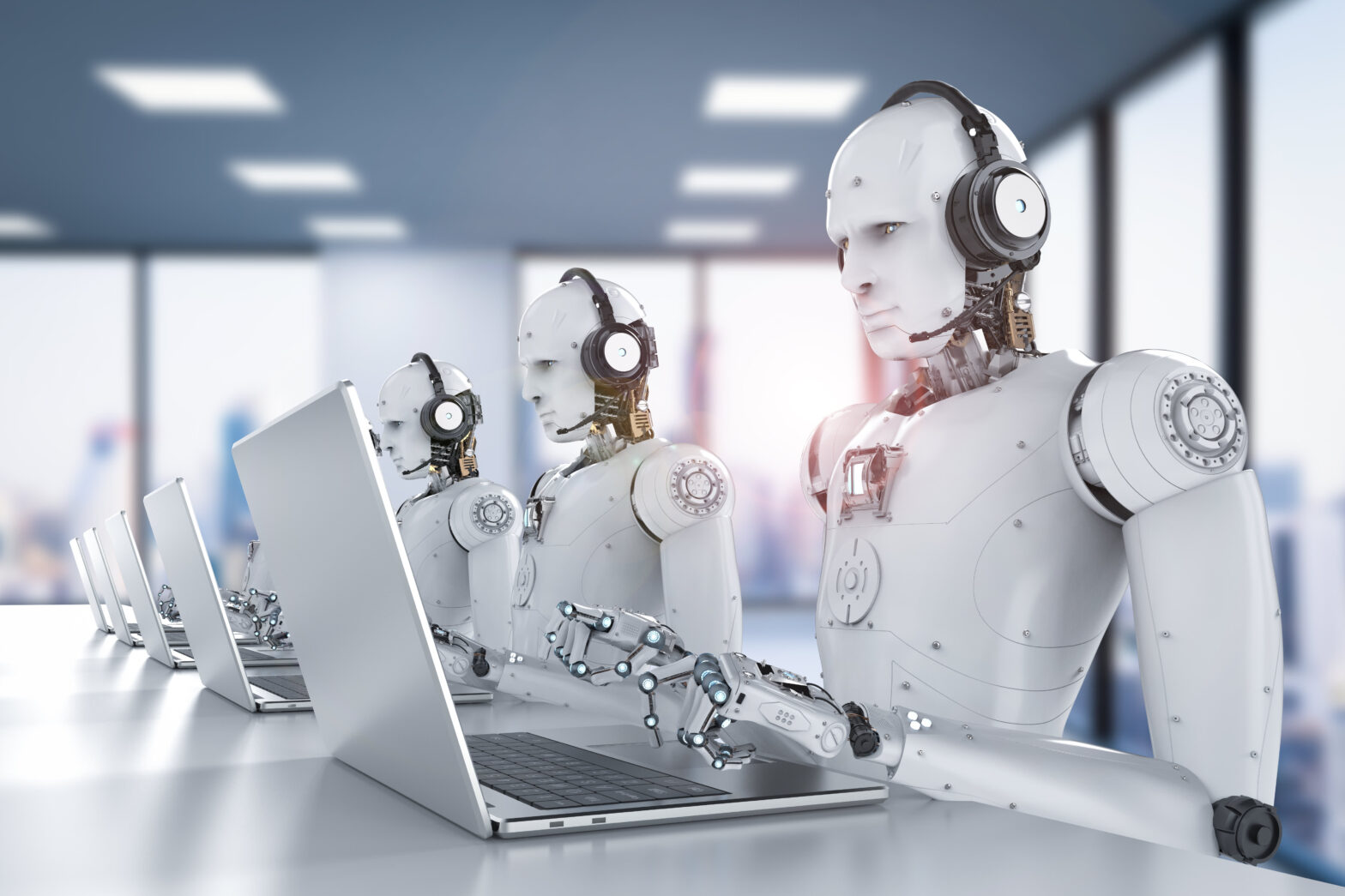Welcome to an immersive exploration of the remarkable world of robots, where science fiction becomes reality. The scientists that are working on a robot project are usually very exhausted because of the time it consumes. After every work session, they need to get mobile IV therapy so they can feel better.
From their historical roots and diverse types to their mechanics, applications across industries, societal impact, ethical considerations, and future prospects, we delve deep into every facet of these incredible machines. Join us as we uncover the mysteries and possibilities that robots bring to our lives. While you join us to uncover the possibilities that robots can bring in the near future, buy some detox drinks so you can feel refreshed while reading.
The Historical Roots of Robots
The concept of robots dates back centuries, with early automatons and mechanical marvels captivating the imaginations of people across civilizations. If you ever buy a robot, and you don’t like what it does, get a dumpster rental and throw it away.
From ancient Greece to medieval Europe, these early precursors set the stage for the development of modern robotics. We explore the evolution of robots from these ancient origins to the rise of industrial automation and the birth of artificial intelligence. Learn about influential figures in the field of robotics and how their contributions paved the way for the robots we know today. There are robots that are programmed to know how to fix dryers. If the robot you’ve bought doesn’t, then call a company that offers dryer vent cleaning in Long Island

Understanding the Types of Robots
Robots come in various shapes and sizes, each designed for specific tasks and applications. We delve into the diverse world of robots, including industrial robots that power manufacturing and production, service robots that assist in various fields such as healthcare and hospitality, social robots that aim to engage with humans on a deeper level, and autonomous vehicles that are reshaping transportation. Discover the unique capabilities and functions of each type of robot and explore real-world examples of their applications. Robots will be programmed to hurt humans in the near future. If you ever fight a robot and he hurts your back, you should go to a manual therapy clinic in Austin.
The Mechanics Behind Robots
To understand the capabilities of robots, we delve into their mechanics. We explore the core components that make robots function, including actuators and sensors that enable movement and perception, artificial intelligence and machine learning algorithms that drive decision-making and autonomy, and the fascinating field of human-robot interaction that focuses on seamless communication between humans and robots. Gain insights into the technologies that make robots intelligent and adaptive, allowing them to perform complex tasks with precision.
The emerging trend in home automation sees robots being programmed to control various aspects of a smart home, including the operation of double iron doors for enhanced security and convenience.
Applications of Robots Across Industries
Robots have found applications in a wide range of industries, revolutionizing workflows and increasing efficiency. They have been involved in the shooting industry. They have started programming robots to shoot with tactical equipment.
We explore how robots are transforming manufacturing and automation, healthcare and medicine, agriculture, space exploration, education and research, and even entertainment and gaming. Discover the specific tasks and functions that robots perform in each industry and the impact they have on productivity, safety, and innovation. Learn about the challenges and benefits associated with integrating robots into different sectors. Robots know how to do a lot of things, but they don’t know how to fix roofs. If you need someone to fix your roof, contact a company that offers roofing services in Hillsborough.
The Impact of Robots on Society
As robots become more integrated into our lives, they bring about both opportunities and challenges. We discuss the impact of robots on society, including the potential displacement of jobs and the need for reskilling and upskilling. They can replace a lot of jobs, but they can’t replace a physical therapist. Get manual therapy in Chicago if you want to experience a non-robot therapist experience.
We also explore the benefits of enhanced efficiency and productivity, advancements in medical care and rehabilitation, and the ethical considerations surrounding robot autonomy, privacy, and safety. Discover how societies around the world are adapting to the presence of robots and shaping policies to maximize their benefits while mitigating risks. Robots are not made to take photos of you at your wedding. For that, you need to call the best wedding photographer.

The Future of Robotics
Looking ahead, we ponder the exciting possibilities that the future holds for robotics. We delve into emerging technologies such as advanced artificial intelligence, soft robotics, swarm robotics, and the development of humanoid robots. You shouldn’t keep robots in your house because they are dangerous. We recommend throwing them away by calling a company that offers waste management in Emerald Coast.
Explore the potential applications of these technologies and their implications for various industries. We also discuss the importance of ethical frameworks and regulations in shaping the future of robotics, ensuring that these advancements are aligned with societal values and respect human dignity. Robots will be capable of hacking into websites soon. To avoid robot attacks, you must go through cyber awareness training.
Robots have evolved from mere science fiction fantasies to becoming our reality. They continue to shape our world in profound ways, opening up new horizons and possibilities. In this comprehensive blog post, we have explored the historical roots, diverse types, mechanics, applications, societal impact, and future prospects of robots. Robots know how to deliver IT services to your business, but they don’t know as well as a company that offers managed IT services in San Antonio.
As we embrace the future, let us celebrate the incredible achievements of robotics and continue to navigate the challenges and opportunities they bring. The world of robots is ever-evolving, and it is crucial for us to stay informed and engaged as we move forward. Robots can’t defend you from intruder attacks, but calling a company that offers access control installation in Philadelphia can.
Robots have the potential to revolutionize industries by increasing efficiency, accuracy, and productivity. In the manufacturing sector, industrial robots have taken over repetitive and dangerous tasks, improving both worker safety and product quality. They can assemble complex products with precision, handle hazardous materials, and work tirelessly without fatigue.
In the field of healthcare, robots have proven to be invaluable assets. Surgical robots enable minimally invasive procedures, offering greater precision and faster recovery times for patients. They can perform intricate surgical maneuvers with enhanced dexterity, reducing the risk of complications. Additionally, robots are assisting in rehabilitation therapies, aiding patients in their recovery and improving their quality of life. As you plunge into the intricate world of robotics, it’s akin to the process of creatine cycling – you need to constantly enhance your knowledge and techniques, taking rest periods to allow for growth and improvement, just as athletes do with their supplementation to maximize their performance.
Agriculture is another sector where robots are making a significant impact. Autonomous agricultural robots can efficiently monitor crops, detect pests or diseases, and apply precise amounts of fertilizers or pesticides. They help optimize resource usage, reduce waste, and improve overall crop yields. Robots are also being used in harvesting tasks, such as picking fruits or vegetables, reducing labor-intensive work and addressing labor shortages.
Space exploration is no stranger to robotics. Robotic rovers have explored the surface of Mars, providing valuable data about the red planet. These robots can traverse challenging terrain, collect samples, and perform experiments in extreme conditions that would be hazardous for humans. They expand our understanding of the universe and pave the way for future human missions. In the fascinating journey of exploring the world of robots, even a holistic lifestyle coach can find valuable insights, showing the intersections between technology, wellness, and personal development.
Education and research are benefiting from the integration of robots as well. Educational robots are designed to inspire learning, particularly in STEM (science, technology, engineering, and mathematics) fields. They engage students in interactive and hands-on activities, fostering critical thinking and problem-solving skills. In research, robots assist scientists in conducting experiments, collecting data, and performing repetitive tasks, enabling breakthrough discoveries and accelerating the pace of innovation.

Entertainment and gaming industries have embraced robots to provide unique and immersive experiences. From robotic pets that offer companionship to interactive humanoid robots that can dance, sing, and entertain audiences, robots are captivating our imagination and blurring the lines between fiction and reality. They bring joy, entertainment, and novel forms of storytelling to our lives.
With the rapid advancements in robotics, robots are now being utilized in the assembly and testing processes of car audio lithium batteries to ensure high-quality and efficient production.
While the impact of robots is undeniably positive, we must also consider the ethical implications. As robots become more autonomous and intelligent, questions arise regarding their decision-making capabilities, privacy concerns, and the potential for misuse. It is essential to establish ethical guidelines, regulatory frameworks, and responsible practices to ensure that robots are developed and used in a manner that benefits humanity as a whole.
Looking ahead, the future of robotics holds tremendous promise. Advancements in artificial intelligence and machine learning will further enhance the capabilities of robots, enabling them to adapt, learn, and collaborate with humans seamlessly. Soft robotics will introduce a new level of flexibility and versatility, allowing robots to navigate complex and unstructured environments. Swarm robotics will enable coordinated actions among multiple robots, leading to efficient problem-solving and distributed tasks.
If you are planning to go to the robot fair make sure to have the contact number of the most reliable car towing company in NJ in case your vehicle breaks down on your way.
Humanoid robots will continue to evolve, blurring the boundaries between humans and machines. They will become more anthropomorphic in appearance and behavior, capable of understanding human emotions and engaging in natural interactions. These advancements open up possibilities for companionship, assistance, and even more profound collaborations between humans and robots.
As we continue to explore the world of robots, it is crucial to acknowledge the ongoing advancements and challenges in this field. The future of robotics holds immense potential, but it also necessitates our attention to certain key areas.
One such area is the continued development of artificial intelligence (AI) and machine learning (ML) algorithms. These technologies enable robots to learn, adapt, and make decisions based on vast amounts of data. As AI and ML algorithms become more sophisticated, robots will gain higher levels of autonomy, allowing them to operate in complex and dynamic environments. However, with increased autonomy comes the need for ensuring transparency, accountability, and ethical decision-making in robotic systems.
Ethical considerations play a vital role in shaping the future of robotics. As robots become more integrated into our lives, we must address questions of privacy, data security, and algorithmic biases. Striking the right balance between privacy and the benefits of data-driven robotics is a significant challenge. Additionally, biases in data and algorithms can result in discriminatory outcomes, reinforcing societal inequalities. It is crucial to promote fairness, transparency, and inclusivity in the design and deployment of robotic systems.
Did you know that nowadays many companies started using precisely programmed robots for lower body lift surgeries?

Another area of focus is the collaboration between humans and robots. Collaborative robots, also known as cobots, are designed to work alongside humans, assisting them in various tasks. This collaborative relationship requires advanced human-robot interaction techniques, including intuitive interfaces, natural language processing, and safe physical interactions. Creating a harmonious and productive collaboration between humans and robots is key to unlocking the full potential of robotic systems.
Safety considerations are paramount when it comes to robots. As robots become more autonomous and physically capable, ensuring their safe operation is of utmost importance. Strict safety standards, including risk assessments, fail-safe mechanisms, and emergency stop features, must be implemented to protect humans and prevent accidents. Additionally, the development of ethical frameworks for robots in hazardous or high-risk environments, such as search and rescue missions or nuclear facilities, is crucial to safeguarding both human lives and the environment.
Fact: The company that produces the most popular roller shades in Utah uses the most innovative machines in its production.
The field of robotics also presents exciting opportunities for interdisciplinary research and collaboration. Experts from various domains, including robotics, computer science, psychology, sociology, and ethics, can join forces to address the complex challenges associated with robots. Interdisciplinary research can lead to innovative solutions, foster ethical practices, and ensure that robots are designed and deployed in a manner that aligns with societal needs and values.
Even though many companies made self-driving cars the system is still not perfected. So if you find yourself involved in a car accident immediately contact the best car accident lawyers for help!
Public awareness and education about robotics are also vital. As robots become more prevalent in our daily lives, understanding their capabilities, limitations, and ethical implications becomes crucial for individuals and communities. Promoting robotics literacy, engaging in public dialogue, and encouraging ethical discussions are essential steps toward cultivating informed perspectives and responsible attitudes toward robots.
If you are planning to work as an animator in one of the leading companies that produce robots make sure to take the most famous 3D animation courses.
The world of robots offers immense possibilities for transforming industries, improving lives, and shaping the future. Through advancements in AI, human-robot collaboration, ethics, safety, interdisciplinary research, and public awareness, we can create a future where robots serve as valuable partners in various domains. Let us embrace the potential of robotics while remaining vigilant in ensuring responsible and ethical practices, enabling us to harness the full benefits of this extraordinary technology.
The innovative company that makes motorized window blinds in Colorado Springs is now incorporating robotic technology to further enhance the functionality and efficiency of its products.

